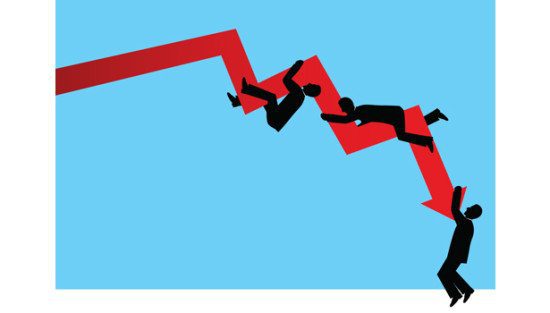While 84 percent of consumers and IT execs believe their mobile health and finance apps are secure, 90 percent of mobile health and finance apps test positive for two critical security risks
Arxan Technologies, the leading provider of application protection solutions, announced the publication of its 5th Annual State of Application Security Report. The new research is based on the analysis of 126 popular mobile health and finance apps from the US, UK, Germany, and Japan, as well as a study examining security perspectives of consumers and app security professionals.
Arxan discovered a wide disparity between consumer confidence in the level of security incorporated into mobile health and finance apps and the degree to which organizations address known application vulnerabilities. While the majority of app users and app executives indicate that they believe their apps to be secure, nearly all the apps Arxan assessed, including popular banking and payment apps and FDA-approved health apps, proved to be vulnerable to at least two of the top 10 serious security risks.
Among the research findings:
- Consumers and app executives believe their mobile health and finance apps are secure. A combined 84 percent of mobile app users and mobile app executives believe that their mobile health and finance apps are “adequately secure,” and 63 percent believe that app providers are doing “everything they can” to protect their mobile health and finance apps.
- The majority of mobile health and finance apps contain critical security vulnerabilities.90 percent of the mobile health and finance apps tested had at least two of the Open Web Application Security Project (OWASP) Mobile Top 10 Risks. More than 80 percent of the health apps tested that were approved by the US Food and Drug Administration (FDA) or the UK National Health Service (NHS) were also found to have at least two of the OWASP Mobile Top 10 Risks.
- The security and safety risks are real and significant. 98 percent of the mobile apps tested lacked binary protection – this was the most prevalent security vulnerability identified. 83 percent of the mobile apps had insufficient transport layer protection. Such vulnerabilities could result in application code tampering, reverse-engineering, privacy violations, and data theft. In addition to sensitive data being taken, the vulnerabilities could lead to a health app being reprogrammed to deliver a lethal dose of medication, or a finance app to redirect the transfer of money.
- Most consumers would change providers if they knew their apps were not secure. 80 percent of mobile app users would change providers if they knew the apps they were using were not secure. 82 percent would change providers if they knew alternative apps offered by similar service providers were more secure.
“Mobile apps are often used by organizations to help keep customers ‘sticky,’ yet in the rush to bring new apps to market, organizations tend to overlook critical security measures that are proving crucial to consumer loyalty,” said Patrick Kehoe, CMO of Arxan Technologies. “Our research in Arxan’s 2016 State of App Security Report demonstrates that mobile app security is an important element in customer retention. Baking in robust mobile app security is not only a smart technology investment to keep the bad guys out, but also a smart business investment to help organizations differentiate from the competition and to achieve customer loyalty based on trust.”
Research findings specific to the Health and Finance markets included:
Health Highlights
- Mobile health apps approved by regulatory/governing bodies are just as vulnerable as other mobile apps. 84 percent of the US FDA-approved apps tested did not adequately address at least two of the OWASP Mobile Top 10 Risks. Similarly, 80 percent of the apps tested that were formerly approved by the UK NHS did not adequately address at least two of the OWASP Mobile Top 10 Risks.
- Most of the mobile health apps were susceptible to application code tampering and reverse-engineering. 95 percent of the FDA-approved apps, and 100 percent of the apps formerly approved by the NHS, lacked binary protection, which could result in privacy violations, theft of personal health information, and tampering.
Finance Highlights
- All of the top mobile banking and payment apps tested had at least one OWASP Mobile Top 10 Risk. 100 percent of the mobile finance apps tested, which are commonly used for mobile banking and for electronic payments, were shown to be susceptible to code tampering and reverse-engineering.
- Android apps were shown to be more secure than iOS apps. 59 percent of the Android mobile finance apps tested had at least three OWASP Mobile Top 10 Risks, whereas 100 percent of the iOS apps tested had at least 3 top risks.
In its research, Arxan found few geographical discrepancies in mobile app security across the US, UK, Germany, and Japan, and iOS apps were shown to be at least as vulnerable as Android apps.
[su_box title=”About Arxan Technologies” style=”noise” box_color=”#336588″]

